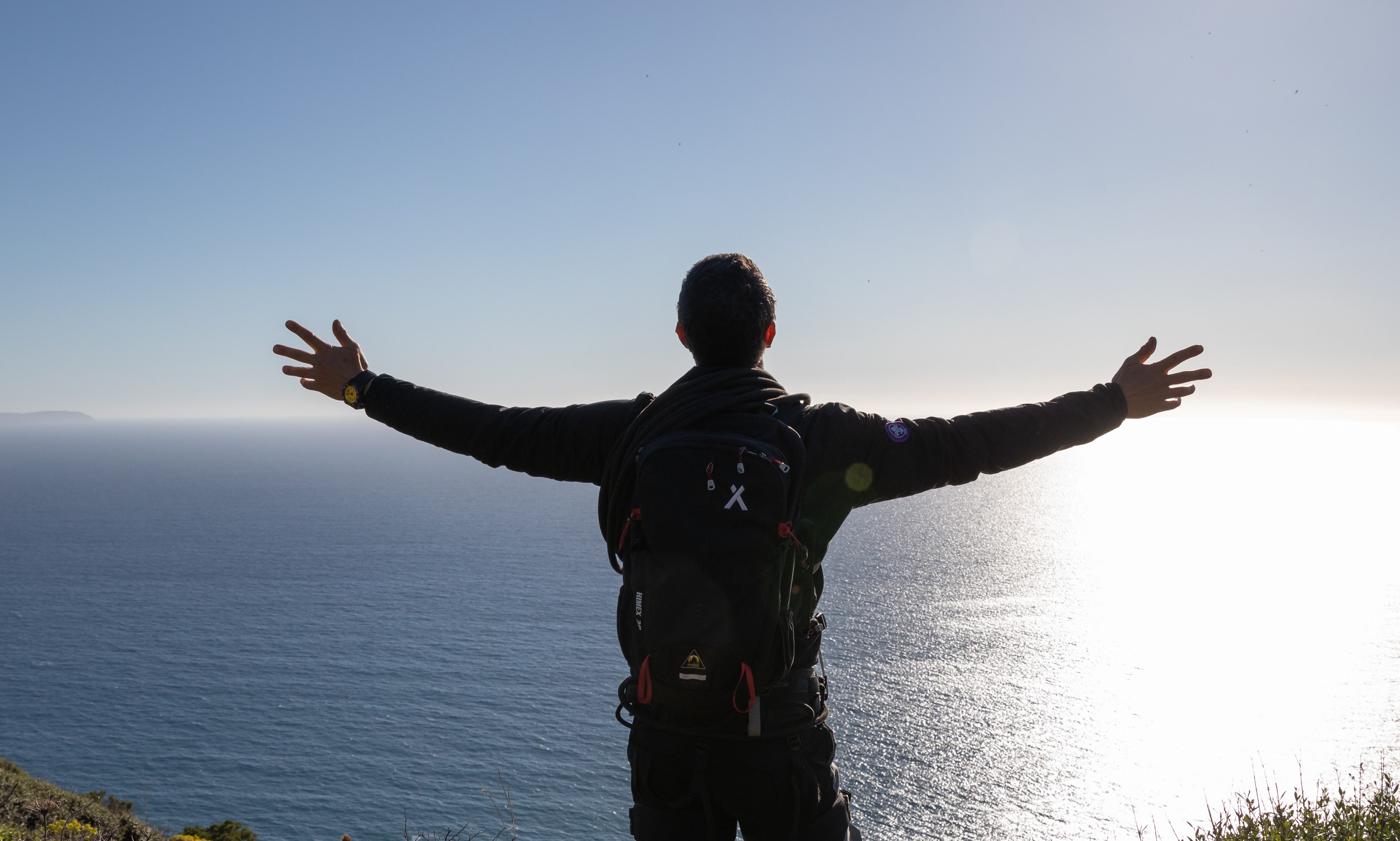

Bear Grylls isn’t only a landlubber when it comes to adventure: He’s crossed the Atlantic Ocean and navigated the Northwest Passage in a tiny inflatable rib, and on Man vs. Wild, he went island-hopping in a small raft in the Pacific Ocean.
Videos by Outdoors with Bear Grylls
But of course sea exploration isn’t without risk, and occasionally people end up in a life raft if they have to abandon ship or escape from a ditched plane. Once you are in the raft, it will be your only shelter from the elements until you reach land.

Keep warm, hydrated and fed (in that order)
Unless you’re in the tropics, once you’ve overcome the hazards of drowning or being injured, exposure to cold is the next most likely killer, followed by dehydration and, only then, lack of food.It’s going to be a constant battle. Some of this will depend on what equipment you have on board, and on doing everything you can to protect yourself.
Use what you have for general protection
As well as finding food at sea and finding or collecting drinking water, keeping protected from the elements is one of the keys to survival. At sea, the main elements you will need protection from are the sea itself, the rain, the cold and the sun.
Keeping sheltered from these means you have to work with what you have. Firstly, put out your sea anchor or make an improvised one with a bucket, so that it will act as a drag on the current. This will keep you nearer to the wreck (if that’s how you ended up in a raft) and/or keep the raft heading towards rather than side-on to the wind and waves to avoid a capsize.
“Keep the bow pointing into the sea by deploying your sea anchor early and before the seas get up,” says Bear.
Take these precautions against the cold
Hypothermia is one of the main causes of death in incidents at sea. This can even happen at temperate latitudes, as the conditions are constantly wet. If you have a survival suit, wear it at all times. You want to avoid continued exposure to cold water as much as possible, so if any water gets into the raft, bail it out immediately rather than letting it slosh around. Try to insulate yourself from the cold floor of the raft using garbage bags or whatever you can to protect against wet and cold.
“Getting warm when you are cold is always far more difficult than staying warm in the first place,” says Bear in Born Survivor.
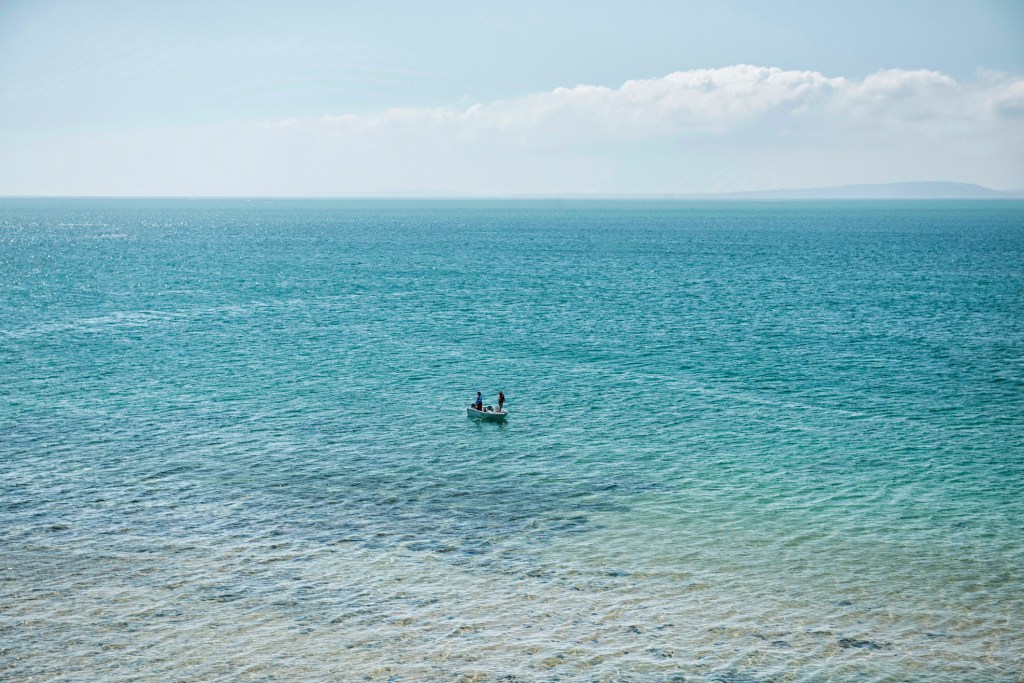
Protect yourself from the sun’s ill effects
The rays of the sun can cause sunburn and even blisters, as well as dehydration from your body sweating to thermoregulate. Most rafts have a canopy you can shelter under—do that, even if you don’t feel the sun’s ill effects. (A tarp should be rigged up, in a pinch.) Wear a hat if you have one, or cover your head and neck with clothing, which you have soaked in sea water if it’s very hot.
You also need to protect your eyes from the glare of the sea, and areas like your chin from chafing. Bear has improvised eye shades by wrapping a strip of fabric around his eyes and making slits in it to see through. He has also made an effective sunscreen using fish-liver oil, which you can collect by drying fish livers in the sun and collecting the oil as it oozes out.
“Any form of grease or fat, including that of birds, will also help keep your skin’s moisture in and provide some protection against the sun and salt,” says Bear.
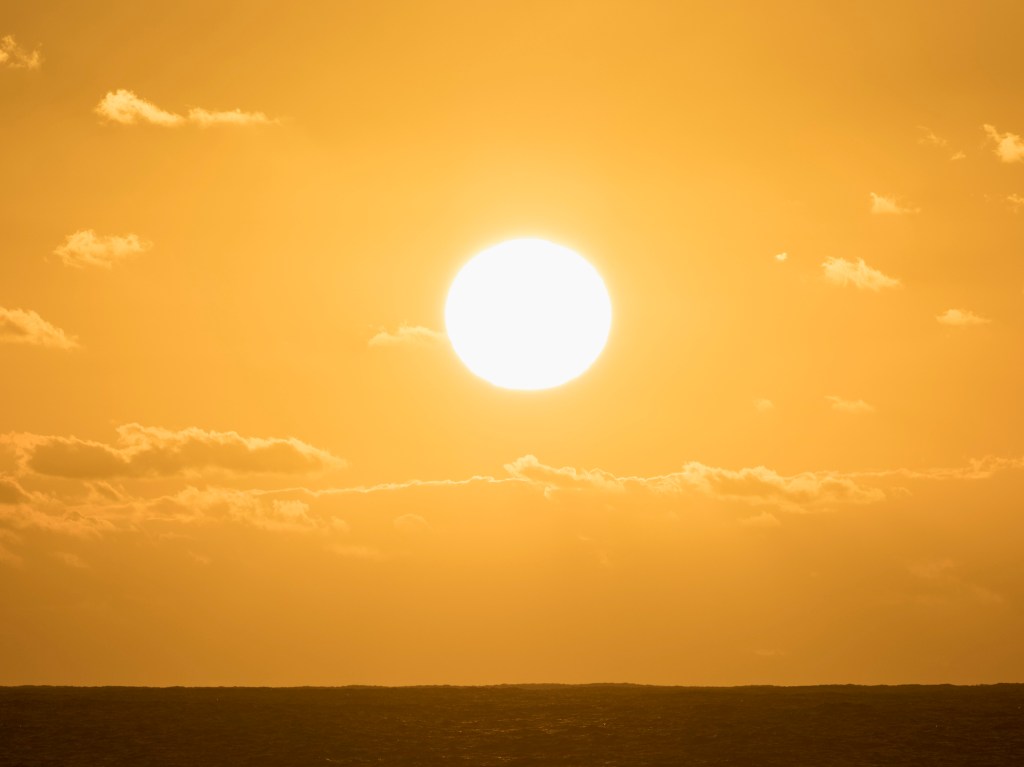
Practice smart skincare at sea
Immersing your skin in salt water can do serious damage and cause sores and boils, which can swell and become infected. Salt water removes the skin’s natural moisturizer, so make sure to wash salt from your body and clothing whenever it rains.
You can also get pressure sores in a raft, as it’s difficult to move around and take pressure off certain areas, which is compounded by the irritation of salt exposure. the hands, elbows and buttocks are most susceptible, so keep those areas salt-free.
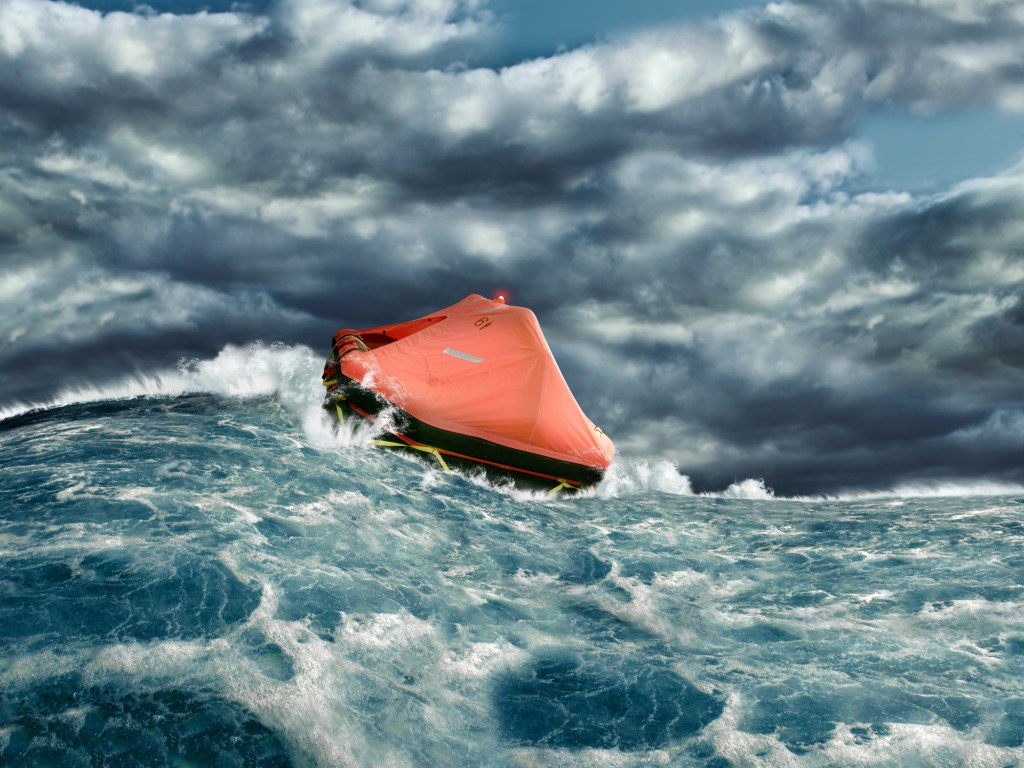
Weather the storms
If the weather gets stormy, make sure to use your sea anchor (if you’re not already) and take down any makeshift sails. If the waves are coming from behind the raft, maneuver the sea anchor so the door is away from the waves and doesn’t allow water in.
“Sit on the side nearest the oncoming wind to keep the raft stable and stay low in the boat,” says Bear.
You can let a little air out of the raft if it feels like it could be blown over; this will make it a bit floppier and less likely to capsize, but don’t overdo it.
You will also need to keep a constant check on the raft, looking for anything that might cause a future leak and fixing it now rather than later. The saying “a stitch in time saves nine” is never more relevant than at sea.
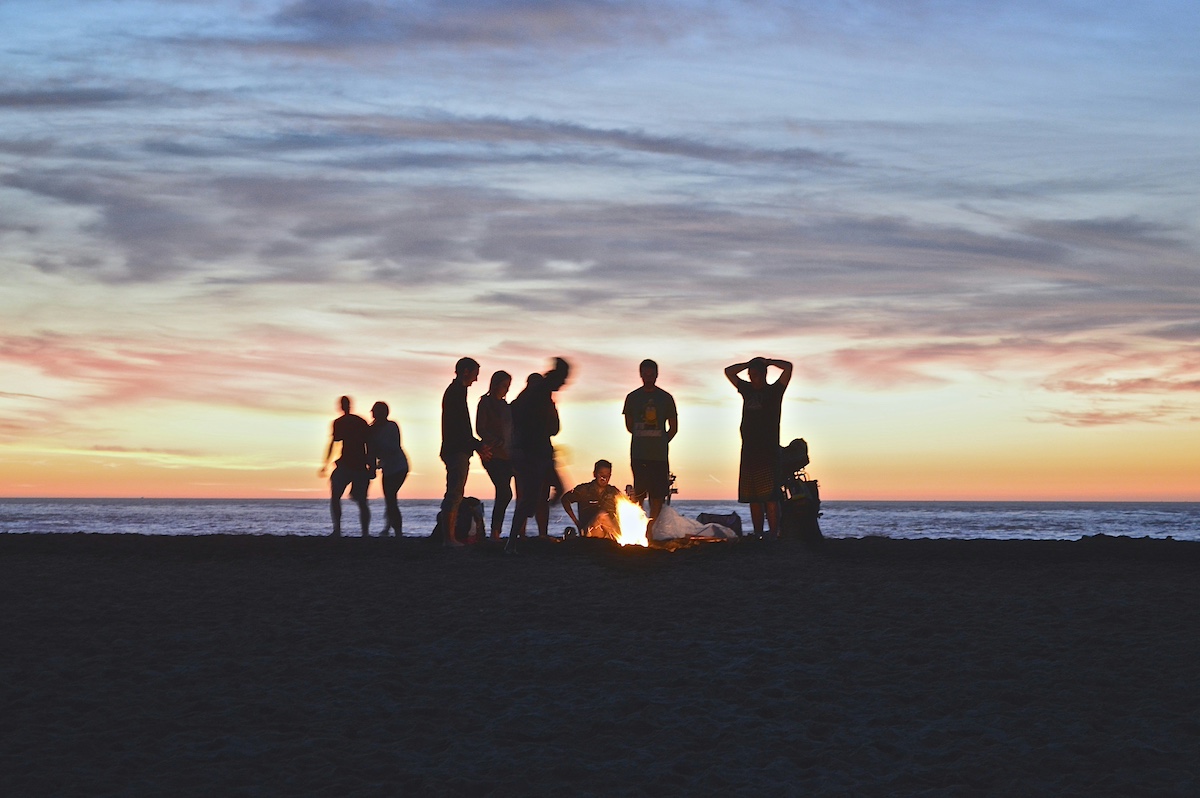
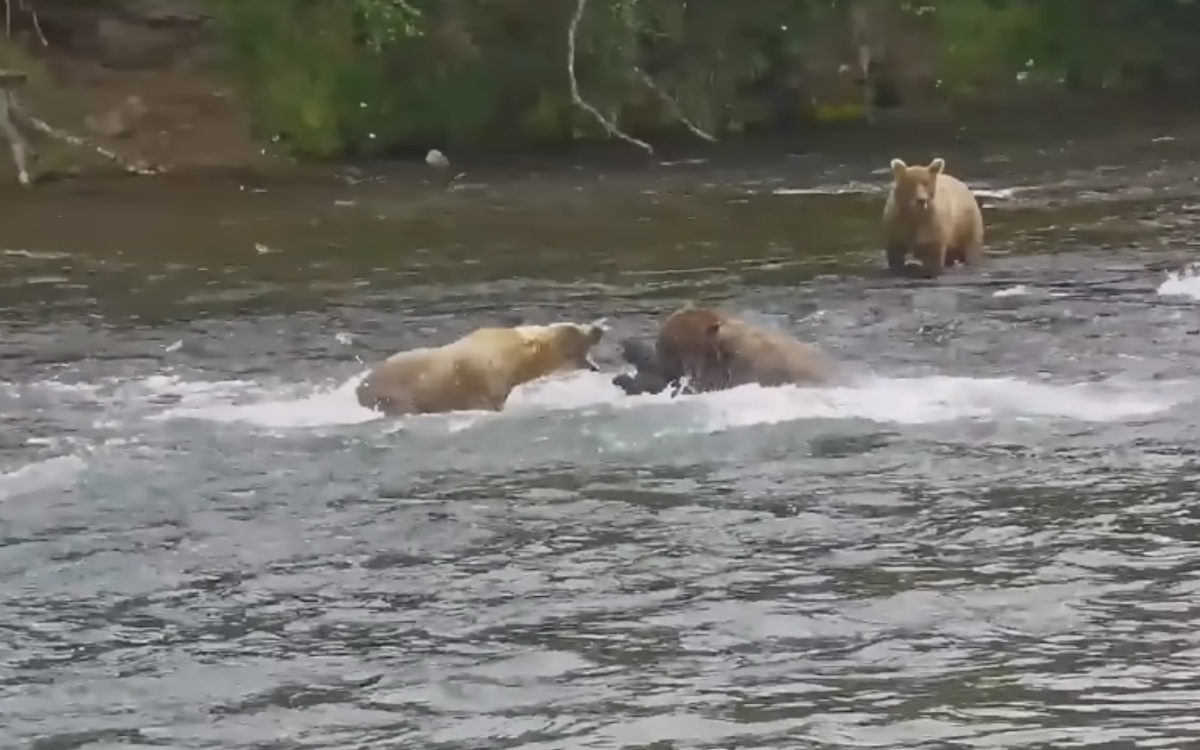



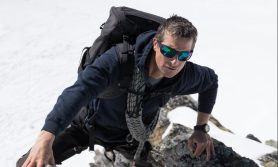




Pingback: How To Cross A River Like Bear Grylls – Outdoors.com